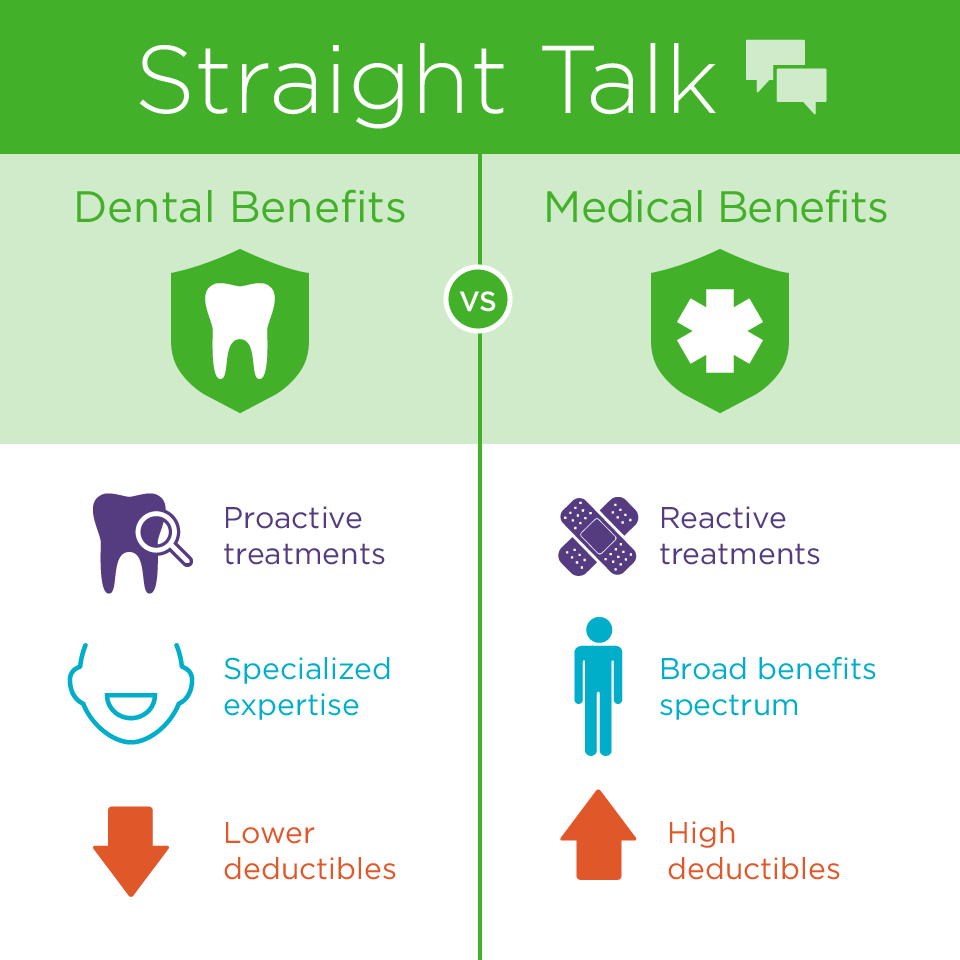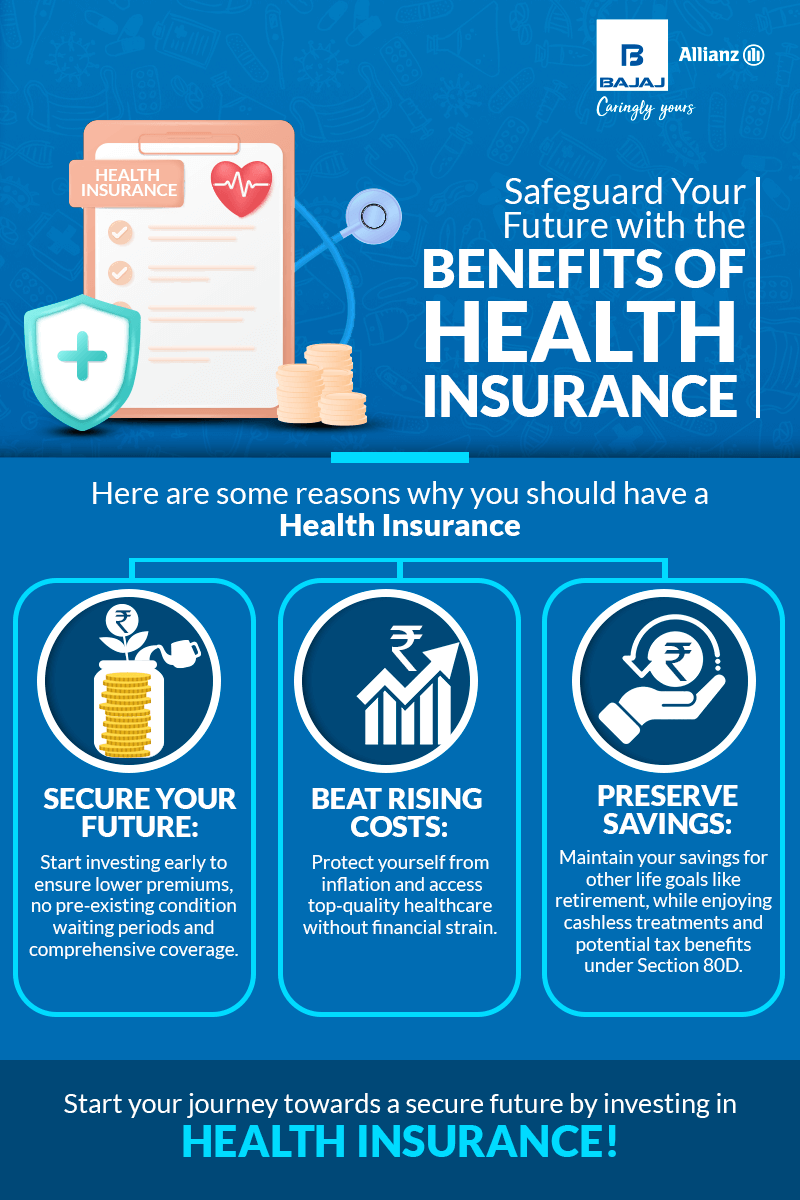The smart Trick of Medicare Advantage Agent That Nobody is Talking About
The smart Trick of Medicare Advantage Agent That Nobody is Talking About
Blog Article
The 7-Second Trick For Medicare Advantage Agent
Table of Contents5 Simple Techniques For Medicare Advantage AgentMedicare Advantage Agent - QuestionsAn Unbiased View of Medicare Advantage Agent

follows from perplexing the reasonably young age profile of the uninsured with the far better health and wellness, generally, of more youthful persons. This covers the link in between health and wellness status and medical insurance. For those without accessibility to work environment medical insurance, poor health and wellness is a potential barrier to purchasing nongroup insurance coverage because such insurance coverage may be very valued, omit pre-existing conditions, or be just inaccessible. The number of without insurance Americans is not particularly big and has actually not changed over the last few years. 7 out of ten respondents in a nationally representative study thought that less Americans lacked medical insurance than in fact do(Fronstin, 1998). Roughly fifty percent(47 percent )believed that the number of people without wellness insurance decreased or stayed consistent over the last half of the last decade(Blendon et al., 1999). This decrease of virtually 2 million in the variety of people 'without insurance coverage (a decrease
of about 4 percent)is absolutely a favorable adjustment. With a softer economic situation in 2000 the most current reported gains in insurance policy protection might not proceed(Fronstin, 2001 ). The decrease in the variety of without insurance will certainly not continue if the economy stays sluggish and health and wellness treatment expenses proceed to outmatch rising cost of living. This is due to the fact that the information were collected for a duration of solid economic performance. Of the estimated 42 million people that were uninsured, almost about 420,000(about 1 percent)were under 65 years of age, the age at which most Americans become qualified for Medicare; 32 million were grownups in between ages 18 and 65, around 19 percent of all grownups in this age; and 10 million were kids under 18 years old, regarding 13.9 percent of all children (Mills, 2000). These estimates of the number of individuals without insurance are generated from the yearly March Supplement to the Existing Populace Survey (CPS), conducted by the Census Bureau. Unless otherwise kept in mind, nationwide quotes of people without health insurance coverage and proportions of the population with different sort of insurance coverage are based upon the CPS, the most extensively made use of resource of price quotes of insurance coverage and uninsurance rates. These surveys and the price quotes they produce are explained briefly in Table B. 1 in Appendix B - Medicare Advantage Agent. These surveys vary in size and sampling techniques, the inquiries that are asked regarding insurance policy
An Unbiased View of Medicare Advantage Agent
protection, and the moment period over which insurance protection or uninsurance is gauged(Lewis et al., 1998, Fronstin, 2000a ). Still, the CPS is especially beneficial because it creates annual quotes reasonably rapidly, reporting the previous year's insurance policy coverage estimates each September, and because it is the basis for a constant collection of estimates for even more than two decades, enabling analysis of patterns in insurance coverage over time.

Some Known Facts About Medicare Advantage Agent.
Over a three-year period starting early in 1993, 72 million people, 29 percent of the united state population, lacked coverage for a minimum of one month. Within a single year(1994), 53 million individuals experienced a minimum of a month without protection(Bennefield, 1998a). 6 out of every ten without insurance grownups are themselves utilized. Working does enhance the likelihood that one and one's household participants will have insurance coverage, it is not a guarantee. Even participants of families with two permanent wage earners have practically a one-in-ten opportunity of being without insurance (9.1 percent uninsured price)(Hoffman and Pohl, 2000 ). The partnership between medical insurance and accessibility to care is well established, as recorded later on in this phase. The connection between health and wellness insurance policy and wellness end results is neither straight neither simple, an extensive clinical and health and wellness Go Here services research study literary works links health and wellness insurance coverage
to improved access to care, better quality, and improved personal individual population populace wellnessStanding The 2nd record, on personal health end results for without insurance adults, is represented by the innermost circle of the figure, while the 3rd record, on household wellness, incorporates the subjects of the second report however stresses a various system of analysis, namely, the family. The 6th report in the collection will certainly present details concerning methods and initiatives carried out locally, statewide, or across the country to attend to he said the lack of insurance policy and its negative impacts. Degrees of analysis for checking out the effects of uninsurance. This conversation of medical insurance protection focuses largely on the U.S. populace under age 65 since practically all Americans 65 and older have Medicare or other public protection.
It focuses especially on those without any type of health and wellness insurance policy for any kind of size of time. The issues faced by the underinsured remain in some aspects comparable to those dealt with by the uninsured, although they are generally much less serious. Uninsurance and underinsurance, nevertheless, entail distinctly various plan problems, and the methods for resolving them might vary. Throughout this study and the five reports to follow, the primary focus is on individuals with no health insurance and therefore no help in paying for healthcare past what is available through charity and security net organizations. Health and wellness insurance policy is a powerful element affecting invoice of care due to the fact that both individuals and physicians reply to the out-of-pocket rate of services. Health and wellness insurance, nonetheless, is neither needed neither sufficient to access to clinical solutions. Nevertheless, the independent and straight impact of health and wellness
insurance protection on access to health services is well developed. Others will certainly obtain the healthcare they need also without medical insurance, by spending for it expense or seeking it from suppliers that offer treatment totally free or at highly subsidized prices. For still others, health and wellness insurance policy alone does not guarantee invoice of treatment due to various other nonfinancial barriers, such as a lack of healthcare carriers in their community, restricted accessibility to transportation, illiteracy, or etymological and cultural differences. Formal research study regarding without insurance populations in the United States dates to the late 1920s and very early 1930s when the Committee on the Price of Treatment generated a series of reports concerning financing doctor workplace gos to and hospitalizations. This concern came to be salient as the numbers of clinically indigent climbed up throughout the Great Clinical depression. Empirical researches consistently support the link between access to care and enhanced health and wellness end results(Bindman et al., 1995; Starfield, 1995 ). Having a normal source of care can be thought about a forecaster of accessibility, instead than a straight action of it, when wellness end results are themselves used as access indicators. This extension of the notion of access measurement was made by the IOM Committee on Monitoring Access to Personal Health Treatment Provider(Millman, 1993, p. Whether parents are insured shows up to impact whether or not their children receive treatment along with exactly how much careeven if the kids themselves have protection(Hanson, 1998). The check these guys out health of parents can influence their capacity to take care of their kids and the level of family tension. Bothering with their youngsters's accessibility to care is itself a source of tension for moms and dads. 3 phases adhere to in this record. Chapter 2 gives an introduction of how employment-based health insurance policy, public programs and private insurance coverage operate and interact to give considerable however insufficient protection of the united state populace. This includes an evaluation of historical fads and public policies affecting both public and private insurance, a conversation of the interactions amongst the different kinds of insurance coverage, and an examination of why individuals move from one program to one more or wind up

Report this page